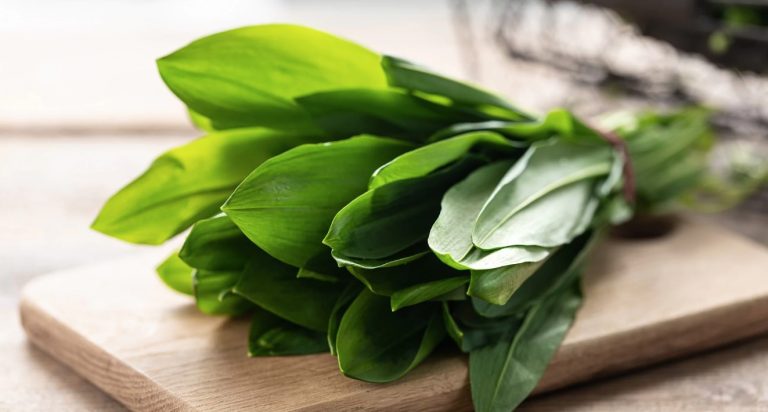When it smells seductively again at the weekly markets, then it’s the chestnut time! Did you know that you can collect chestnuts, or chestnuts as they are also called, yourself? So that you don’t confuse them with the common horse chestnut, EAT SMARTER has put together the most important information for collectors.
We probably all collected chestnuts as children to build little people with them or simply to enjoy the deep brown, shiny hand flatterers.
Unlike its noble sister, the chestnut, the horse chestnut is not edible. Not only does it taste unpleasantly bitter, it also causes stomach pains.
The chestnut is completely different: it is a delicious and healthy snack in autumn and winter. If you keep your eyes open, with a bit of luck you will find a chestnut tree around the corner and you can collect the prickly delicacies yourself.

Incidentally, sweet chestnut and horse chestnut are only related by name. Biologically, the two belong to different genera.
This is the difference between horse chestnuts and sweet chestnuts
- Leaf shape: Horse chestnuts have finger-shaped, lush green leaves whose stalks can be up to 20 centimeters long. Sweet chestnuts, on the other hand, have single, elliptically shaped leaves with serrated edges.
- Fruit capsules: Horse chestnuts are in light green to brownish shells that have individual spines. If you break it open, there is only a single chestnut in it. It’s different with sweet chestnuts: their shell is densely covered with green spines that later turn light brown. There are several fruits in the bowl.
- Fruits: If you put a horse chestnut and a chestnut next to each other, the difference quickly becomes
- clear: While horse chestnuts are uniformly round or oval, chestnuts have a clearly flattened side and taper to a point.
Where can I find sweet chestnuts?
Happy are those who live in the south of the republic: In Germany, sweet chestnut trees grow most frequently in the Palatinate, on the Nahe, Saar, and Moselle. You can also go on a chestnut collecting tour yourself in the western Black Forest, in the Odenwald, on the lower Main, and in the Taunus.
But with luck, you can also find some chestnut trees in the rest of Germany. The website mundraub.org offers a good overview, where users can enter the location of “abandoned” fruit trees, berry bushes, and even chestnut trees. Exciting: The makers of Mundraub also offer discovery bike tours in the city, on which you can discover fruit to pick yourself in unusual places – for example, chestnut trees not far from Alexanderplatz in Berlin.
Tips for collecting chestnuts
The greenish-brown fruit cups of the chestnuts lie in the foliage like little hedgehogs. And they are just as prickly. It is therefore best not to use your hands to crack the fruit cups. The heel of a stable shoe has proven itself. So you can collect the brown, shiny fruits without pricking yourself.
Chestnuts are ripe when the skin is evenly brown. Wrap fruits that still have white spots in the newspaper for a few days and let them ripen in a warm, dry place.
It is also best to store your collected chestnuts between two layers of newspaper. In a dry place, the fruits will last for several months.
How to prepare chestnuts
In my opinion, the simplest method is still the best for sweet chestnuts: cut the skin at the pointed end of the fruit crosswise (this works well with a serrated knife, for example, a bread knife).
Now place the fruit on a baking tray in an oven at 200 degrees for about 20 minutes. The chestnuts are done when the shells are lightly browned and the characteristic chestnut scent can be smelled.

Now let the chestnuts cool down a bit and use your fingers to remove the shells and the furry “skin” around the fruit. Serve with some butter and salt if you like.
However, the peeled chestnuts can also serve as the basis for more unusual types of preparation. For example, the French family I stayed with when I was a student liked to cook chestnuts in buttermilk – different, but not bad either. Chestnuts also taste great caramelized.
Interesting not only for people with gluten intolerance: chestnuts can also be used to make flour that gives bread and cakes a slightly nutty taste. Since this flour has no adhesive power of its own, it can only replace part of the flour.















